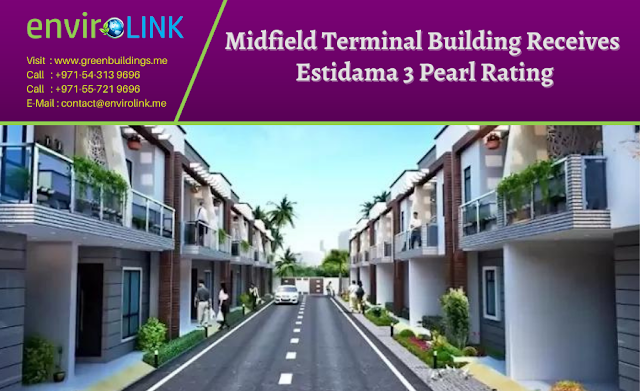Green Certifications: What Options Are Available And Why Do They Matter?
Green Building Rating and Certificates
Buildings have a big- impact on
our environment & health. Because they use water, energy, & raw
material, they generate waste & potentially emit-toxins into the
environment. Through various standards & certifications that outline
integrated design-processes & sustainability this harmful-impact can be minimize
& mitigated, allowing us to create buildings that are environmentally
responsible & are source efficient through their life-cycle.
This integrated-process begin with the design and ongoing through the
construction, maintenance and operation, renovation, and ends with demolition.
Through every stage the rating-system has rules regulation that has performance-argets
for the buildings to meet.
various rating programs will have different meed, or they will aim on meeting-different
attributes in order for the certification to be awarded. What they have in
common though, is that they are all designed to minimize the impact the built-environment
has on the natural-environment and the human-health.
What Programs are Available?
There are many more programs available. Listed below are the most-commonly used and respected ones. The programs in bold will be covered in this blog post.
Leadership in Energy and Environmental Design (LEED)
LEED Certification was introducing
in 2000year by the U.S. Green Building Council (USGBC) for rating design and construction
practices that would define a green-building in the United States. LEED
Certification is used throughout North-America as well as across 165 countries.
As of 2016, there are over 90,000 projects registered, including 28,700
certified commercial-projects. The certification addresses different building kind:
New Construction building, Existing Buildings, Commercial-Interiors, Core &
Shell, Schools, Retail, Healthcare, Homes, and Neighborhood Development.
LEED consists of mandatory requirement and credits which earn points in several
categories:
1. Location and Transportation
2. Sustainable Sites,
3. Water Efficiency,
4. Energy and Atmosphere,
5. Materials and Resources,
6. Indoor Environmental Quality,
7. Regional Priority,
8. Innovation in Design.
Within each category are credits that pertain to specific strategies for sustainability, such as access to public transportation, minimize water consumption, energy-efficiency, use of low emitting products/item, recycled content, and renewable energy.
Estidama –
In the Arabic language, “Estidama” is the word meansis sustainability. The Estidama Certification is a key-part of the “Abu Dhabi Vision 2030”. Estidama Certificaton is a building design guideline that will allow buildings to be constructed and also operated sustainably. Even if Estidama took its root in Dubai, UAE, it is currently under work in all the emirates of the UAE.
Benefit of Esitidama Certification in Dubai : - .
✅ Reduce electricity bill
✅ Acess Fresh air in side off the home and office
✅ Minimize Wather use
sustainable improvements qualify
for tax incentives and meet state and federal requirements.
There are multiple certification options to validate a project performance.
Depending on the project’s sustainable goals, different certification options might
be better than others. We are offering Estidama Certification consultancy in Dubai the best price. If you are unsure which certificate aligns
best with your goals, please contact us at Envirolink. Out exert team will be
support you.

.png)

Comments
Post a Comment